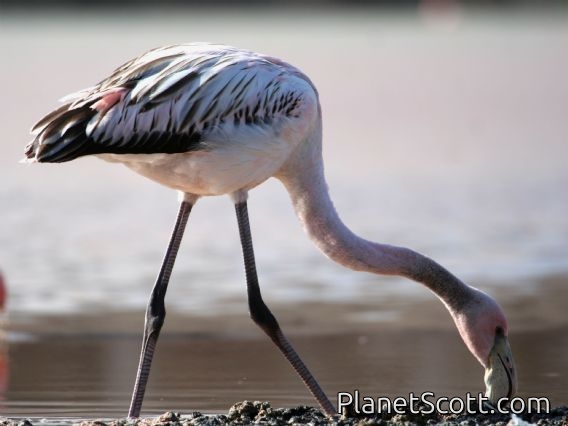American Flamingo (Phoenicopterus ruber)

American Flamingo (Phoenicopterus ruber)

Greater Flamingo (Phoenicopterus ruber) Juvenile

Greater Flamingo (Phoenicopterus ruber)

Greater Flamingo (Phoenicopterus ruber)




×





American Flamingo (Phoenicopterus ruber)

Greater Flamingo (Phoenicopterus ruber) Juvenile

Greater Flamingo (Phoenicopterus ruber)

Greater Flamingo (Phoenicopterus ruber)
About American Flamingo (Phoenicopterus ruber)
- Kingdom: Animals
- Phylum: Chordates
- Class: Birds
- Order: Pelicans
- Family: Flamingos
The American flamingo is a large species of flamingo native to the West Indies, northern South America and the Yucatán Peninsula. It is closely related to the greater flamingo and Chilean flamingo, and was formerly considered conspecific with the greater flamingo, but that treatment is now widely viewed as incorrect due to a lack of evidence. It is also known as the Caribbean flamingo, although it is also present in the Galápagos Islands. It is the only flamingo that naturally inhabits North America along with the Neotropical realm.
Source: Wikipedia
Visits
-
2006-12-01
Isla Floreana - Punta Flores, Ecuador -
2014-01-22
Laguna de Oviedo, Dominican Republic -
-





